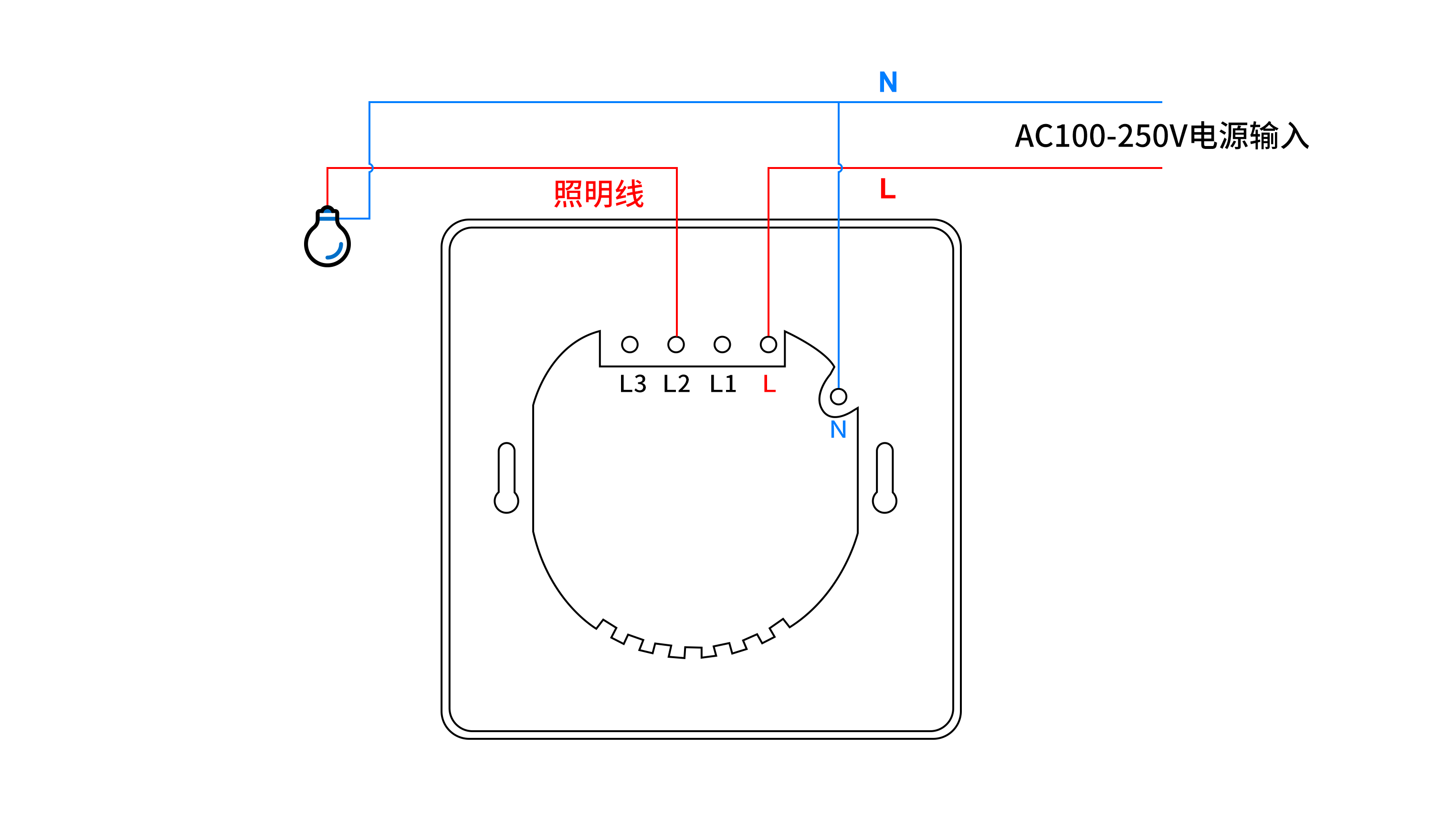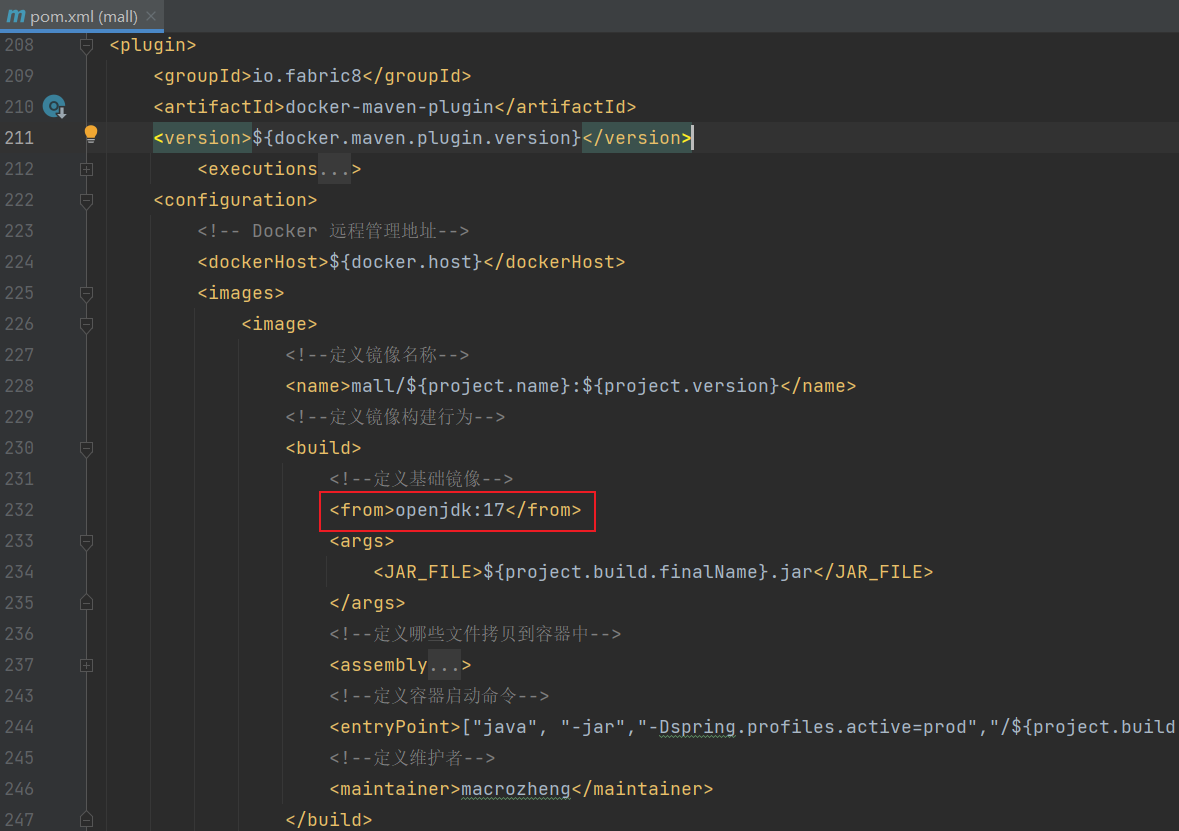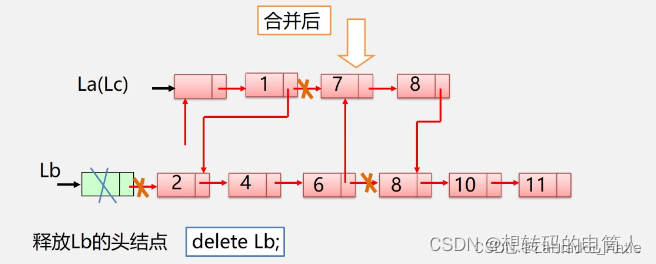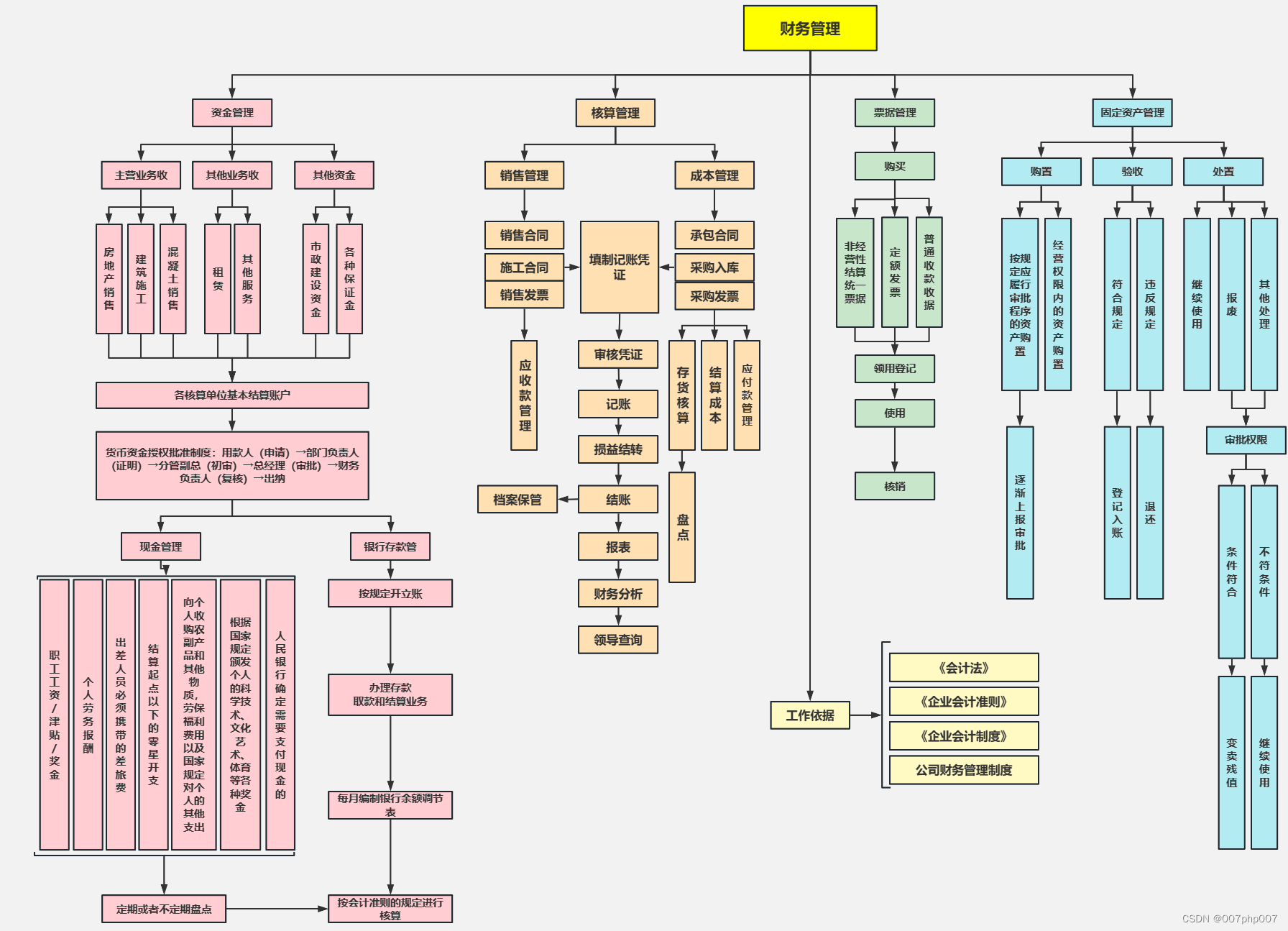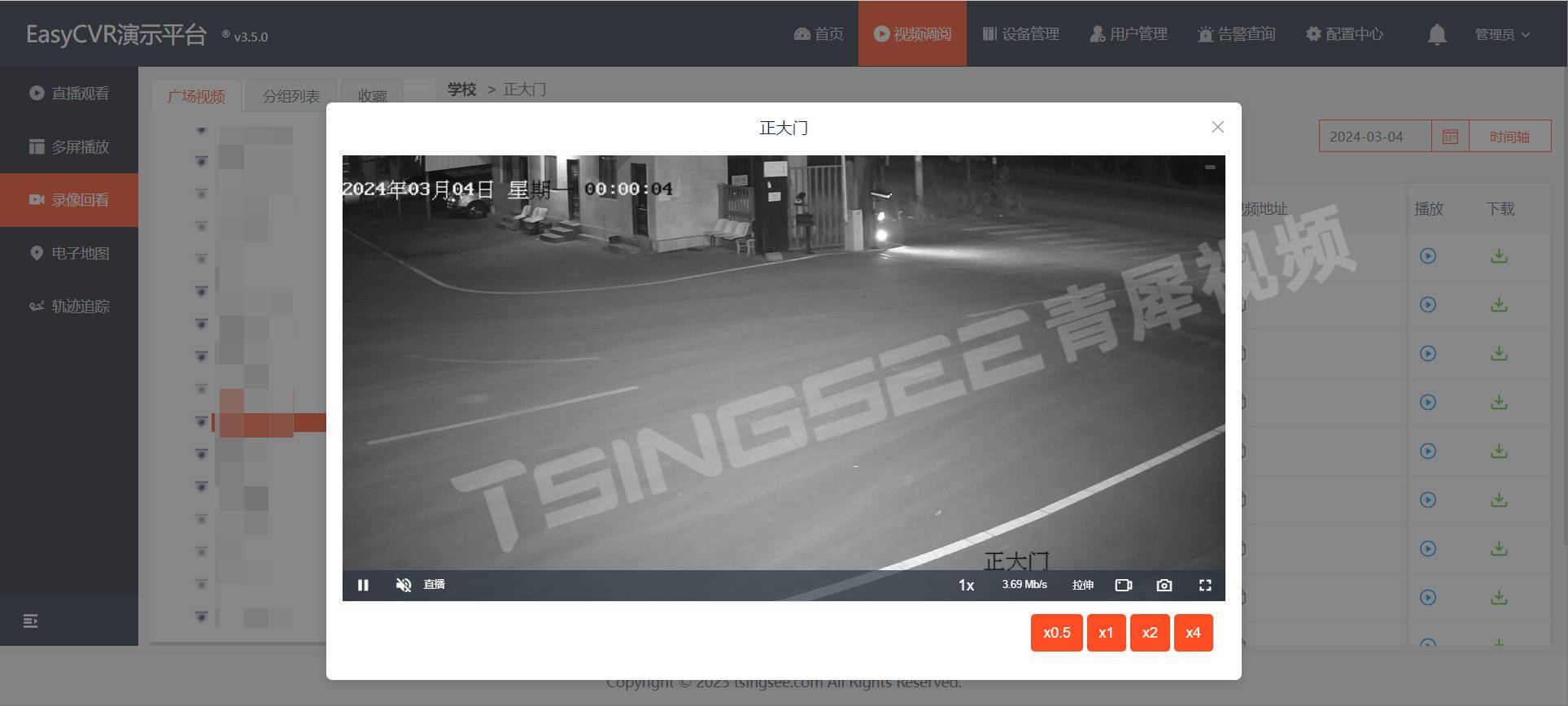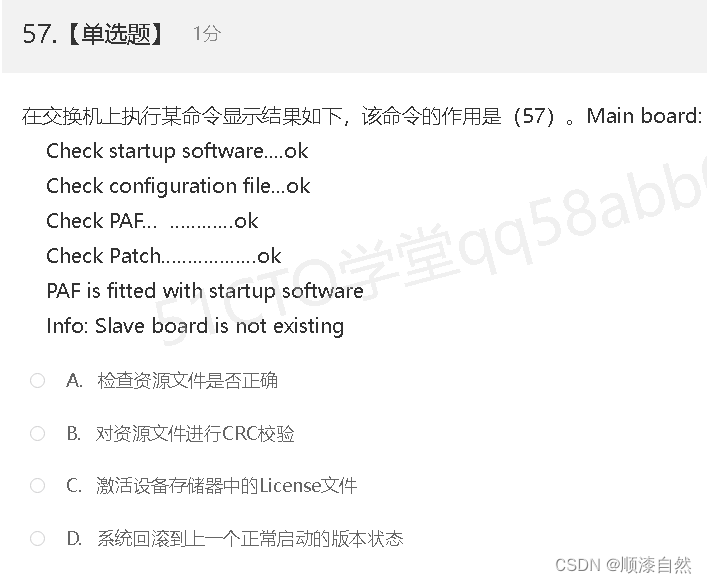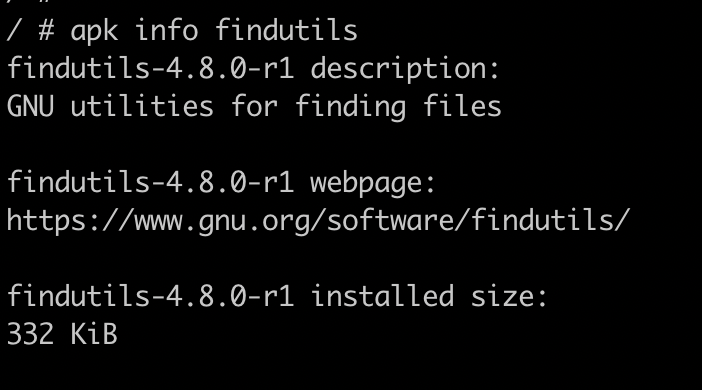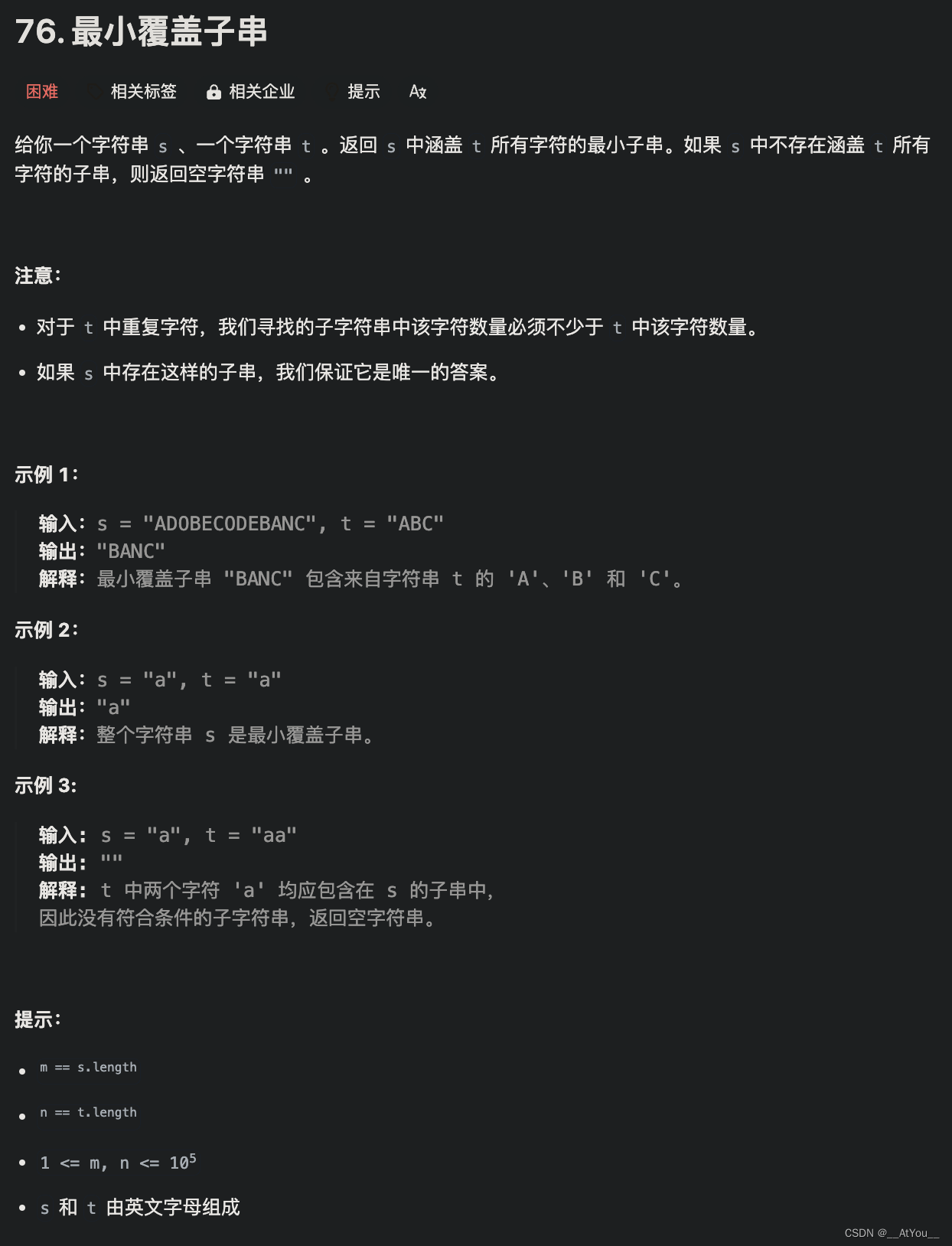1、演示
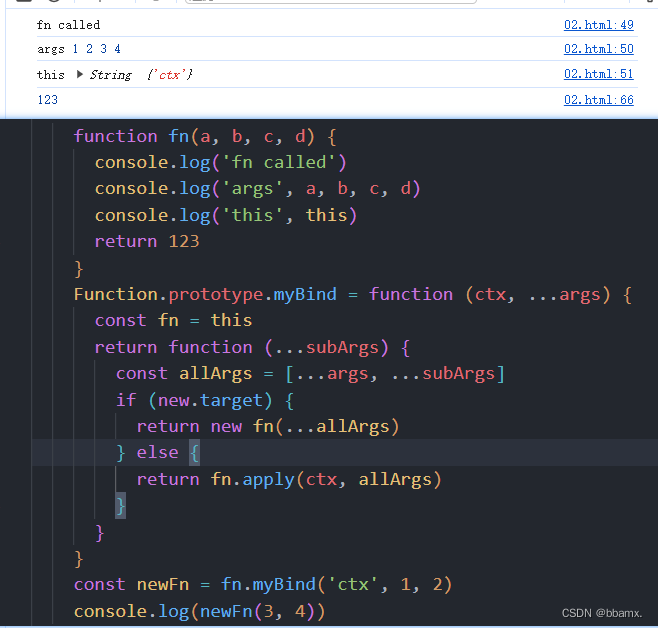
2、bind函数介绍
在JavaScript中,
bind()函数用于创建一个新函数,其this关键字设置为提供的值,而不是调用时绑定的值。这对于在事件处理程序中绑定函数的上下文或者在类中绑定方法的上下文非常有用。
bind()方法的语法如下:function.bind(thisArg[, arg1[, arg2[, ...]]])其中:
thisArg:绑定函数运行时this关键字所引用的对象。arg1, arg2, ...:绑定函数运行时传递给原始函数的参数。下面是一个示例,演示了如何使用
bind()函数:const person = { firstName: 'John', lastName: 'Doe', fullName: function() { return this.firstName + ' ' + this.lastName; } }; const printName = person.fullName.bind(person); console.log(printName()); // 输出 "John Doe"在这个例子中,
printName函数绑定到了person对象上,所以它在调用时会输出正确的姓名。
bind()函数不会立即调用原始函数,而是返回一个新函数,可以稍后调用。新函数的this值已经被绑定到了指定的对象。
3、手写bind函数
<script> function fn(a, b, c, d) { console.log('fn called') console.log('args', a, b, c, d) console.log('this', this) return 123 } Function.prototype.myBind = function (ctx, ...args) { const fn = this return function (...subArgs) { const allArgs = [...args, ...subArgs] if (new.target) { return new fn(...allArgs) } else { return fn.apply(ctx, allArgs) } } } const newFn = fn.myBind('ctx', 1, 2) console.log(newFn(3, 4)) </script>这段代码定义了一个自定义的
myBind方法,用于模拟原生的bind方法。让我们逐行解释:
function fn(a, b, c, d) { ... }: 这是一个普通的 JavaScript 函数,它接受四个参数并在调用时打印相关信息。
Function.prototype.myBind = function (ctx, ...args) { ... }: 这里扩展了Function的原型,添加了一个名为myBind的方法。这个方法接受一个上下文ctx和一系列参数args。
const fn = this: 将调用myBind的函数保存在fn变量中。
return function (...subArgs) { ... }: 返回一个函数,这个函数接受任意数量的参数subArgs。
const allArgs = [...args, ...subArgs]: 将myBind方法传入的参数args和返回函数接受的参数subArgs合并成一个新数组allArgs。
if (new.target) { ... } else { ... }: 这里使用new.target来检查函数是通过new关键字调用的还是普通函数调用。如果是通过new调用的,则使用new fn(...allArgs)创建一个新的实例并返回。如果是普通函数调用,则使用fn.apply(ctx, allArgs)在指定上下文ctx下调用函数。最后,使用
myBind方法创建了一个新的函数newFn,并传入了一个上下文'ctx'和两个初始参数1和2。当调用newFn(3, 4)时,传入的参数3和4会被传递给原始函数fn,以及之前绑定的参数1和2,然后原始函数会在指定的上下文中执行。

